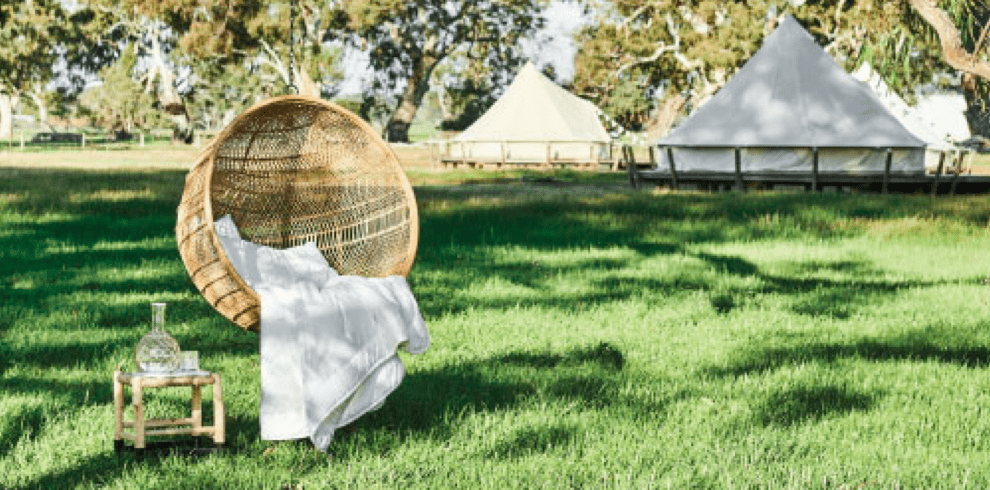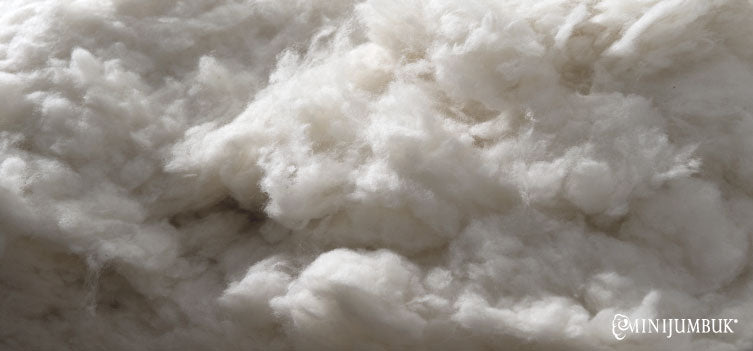It's natural
Wool is a protein fibre formed in the skin of sheep, and is thus one hundred percent natural. Since the Stone Age, it has been appreciated as one of the most effective fibres and science is yet to produce a fibre which matches its unique properties.
It's renewable
As long as there is grass to graze on, every year sheep will produce a new fleece, making wool a renewable fibre source. Woolgrowers actively work to safeguard the environment and improve efficiency, endeavouring to make the wool industry sustainable for future generations.
It's biodegradable
At the end of its useful life, wool can be returned to the soil, where it decomposes, releasing valuable nutrients into the ground. When a natural wool fibre is disposed of in soil, it takes a very short time to break down, whereas most synthetics are extremely slow to degrade.
It's breathable
Wool fibres are crimped, and when tightly packed together, form millions of tiny pockets of air. This unique structure allows it to absorb and release moisture - either in the atmosphere or perspiration from the sleeper - without compromising its thermal efficiency. Wool has a large capacity to absorb moisture vapour making it extremely breathable.
It's multi-climatic and trans-seasonal
Thanks to its hygroscopic abilities, wool constantly reacts to changes in body temperature, maintaining a sleeper's thermo-physical comfort in both cold and warm weather.
It's odour resistant
Wool is far more efficient than other textiles at absorbing sweat and releasing it into the air, before bacteria has a chance to develop and produce unpleasant body odour.
MiniJumbuk Loves Wool
(Source - The Campaign for Wool www.campaignforwool.org)



